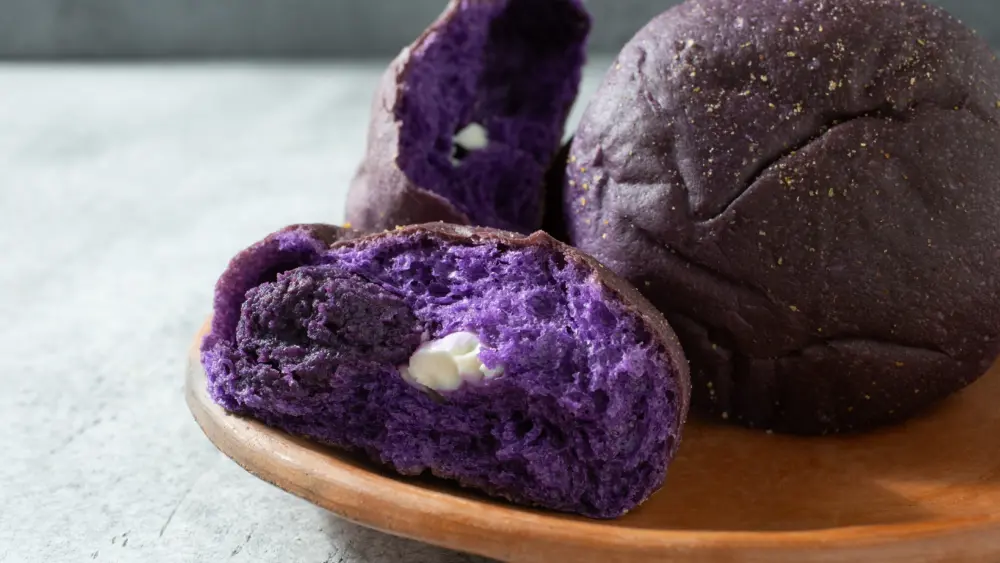One of the challenges of writing a column is the speed at which news changes and the disparity between when a story is written and when it hits stands. As such, I try to tread territory that is not overly timely, but still topical. Last month, as I sat down to write my December column, the power had been out for several days, which happened to coincide with the day the 2017 fires hit our valleys. I was irritated that PG&E proactively pulled the plug when there was nary a whiff of wind on the valley floor. When I hit the send button, I gave myself a congratulatory shoulder pat for my snarky riff on the power giant’s Public Safety Power Shutoffs (PSPS). I never could have imaged that days later the Kincade fire would strike, sending Napa and Sonoma counties into a tailspin.
All the PG&E bashing that dominated conversations, hushed and humbled detractors, as our fire fighters and first responders went to war with Mother Nature to not only save the day, but hundreds of homes. Two weeks later, when the smoke from the Kincade fire settled and containment was within reach, I experienced my first stop-the-presses moment when I realized my column was about to go to print. My rant about PSPSs felt not only outdated, but inappropriate given many were reeling, regrouping and re-entering their homes and businesses after evacuating. My editor thankfully granted me the opportunity to make some modifications. Even still, I’d like to apologize for last month’s column, which may have felt ill-timed and unwarranted, especially to those who felt the palpable effects of the fire.
A month later, another PSPS is scheduled. I may begrudge PG&E and its inability to be nimbler in response to weather predictions, and continue to get irked by the overly litigious American way that potentially played a role in the company’s trigger-happy approach to power shutdowns; but I recognize the real culprit here is Mother Nature. She’s on a mission, and it feels like she is winning. So, it is with great irony, that I finally sit down to write about climate change in the wine industry, a topic which has sat at the top of my “to be written” list for months.
Slow burn
When the Al Gore documentary, An Inconvenient Truth, came out, climate change felt like a far-flung concept to many, but not for environmentalists who knew better. As time ticked onward, the “inconvenience,” became our reality, posing a threat to the wine industry. Winemakers and growers battle wildfires, droughts, extreme temperatures, frost, hail and a litany of other oddball weather patterns, which have shifted the way vines are tended around the globe. In 2018, the United States ranked as the fourth largest wine region, and remained in the No. 1 slot as the largest wine retailer in the world, with a booming biz valued at $70 billion. Climate change stands to alter that, not only in the Napa Valley, but around the world.
As weather patterns shifted, new winemaking regions emerged. Thanks to rising temps, areas once inhospitable to wine growing, including England, British Columbia, Norway and Sweden, are now not only viable, but thriving wine industries. Meanwhile, wildfires, droughts, hail and other extremes pummel prize-winning areas such as Napa Valley, Burgundy, and South Africa, which went from rarities to mainstay detriments with consequences that cost. In South Africa, severe droughts caused a 15 percent drop in the grapes harvested in 2018. After disastrous hail storms plagued the Cote de Beaune region in Burgundy, experimental systems that seem like something straight out of the Twilight Zone, were installed to stop hailstorms before they hit. The tactics entail heating particles of silver iodide, which are flung at storm clouds to temper the effect of hail on vines.
In Australia and California, growers graft alternative drought resistant rootstocks with traditional thoroughbreds to combat a future that promises more unrelenting temperatures and droughts. UC Davis viticultural expert S. Kaan Kurtural, Ph.D., is conducting an experiment with Beckstoffer Vineyard to further assess the potentiality for more heat- or drought-resistant vines. Kurtural planted 3,600 Cabernet plants made up of 100 different rootstock and clone combinations. He will spend the next eight years making wines from the experimental crop to test the durability of those plants to heat and drought conditions. Larkmead winemaker Dan Petroski is also responding to climate change with plans for a three-acre test parcel planted with heat-resistant varietals. Experiments such as these are just the beginning, as wine experts across the valley fight back against weather extremes that show no signs of slowing.
While Gore’s Inconvenient Truth turned out to be a true foreboding of the future, new scientific methods and experimental vineyard management tactics of today take a gallant step forward in the fight against the whims and wrath of Mother Nature.
Author
-

Christina Julian left Los Angeles and a career in advertising to sip and swirl for a living in Napa Valley, where she vowed to make wine and the discussions around it, more approachable. She’s covered everything from arts and entertainment to travel and leisure but remains true to her own words as a wine and food writer for The Infatuation. NorthBay Biz was one of the first regional publications she wrote for when she landed here more than a decade ago, and she’s never looked back. Learn more at christinajulian.com.
View all posts




